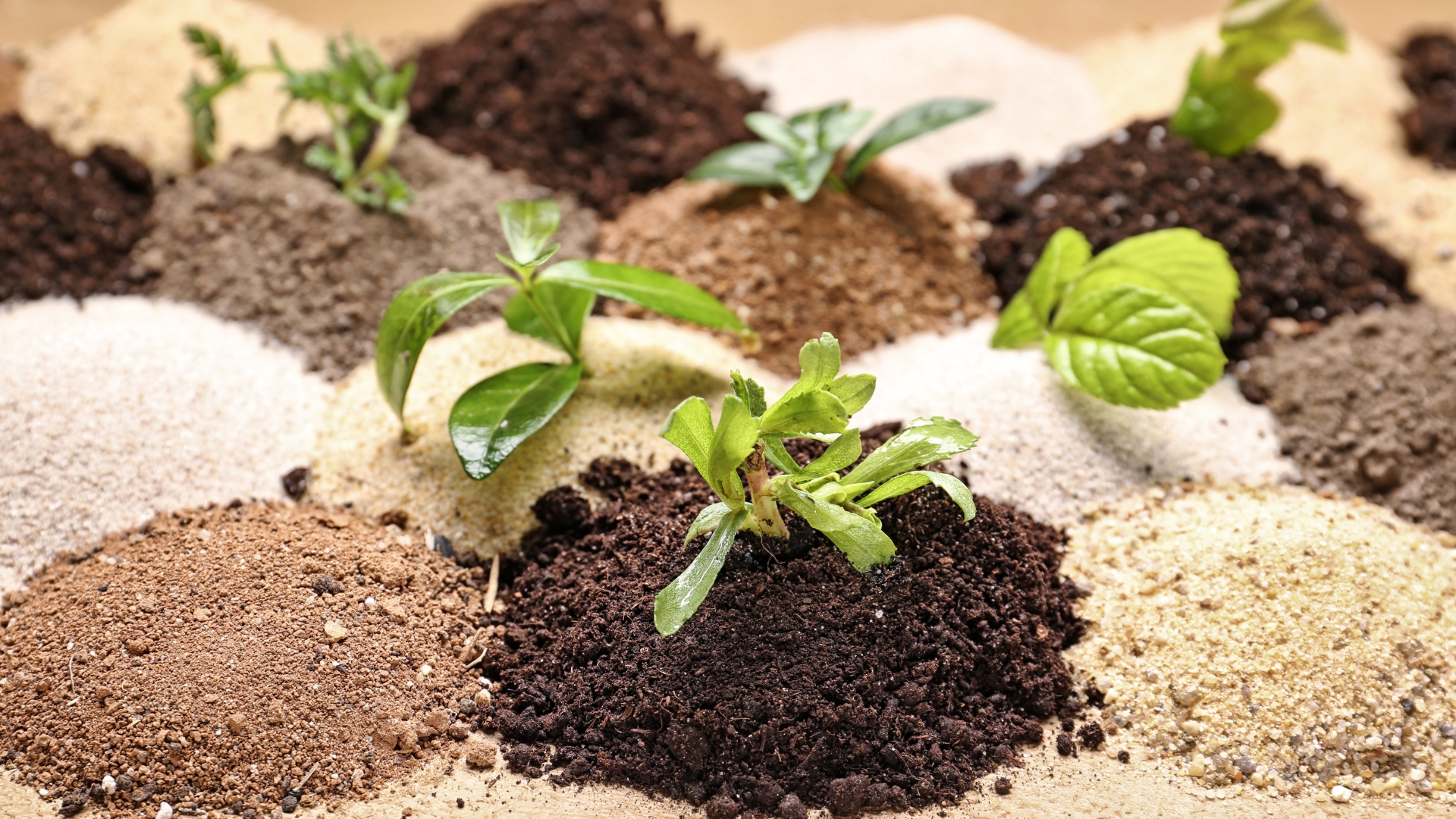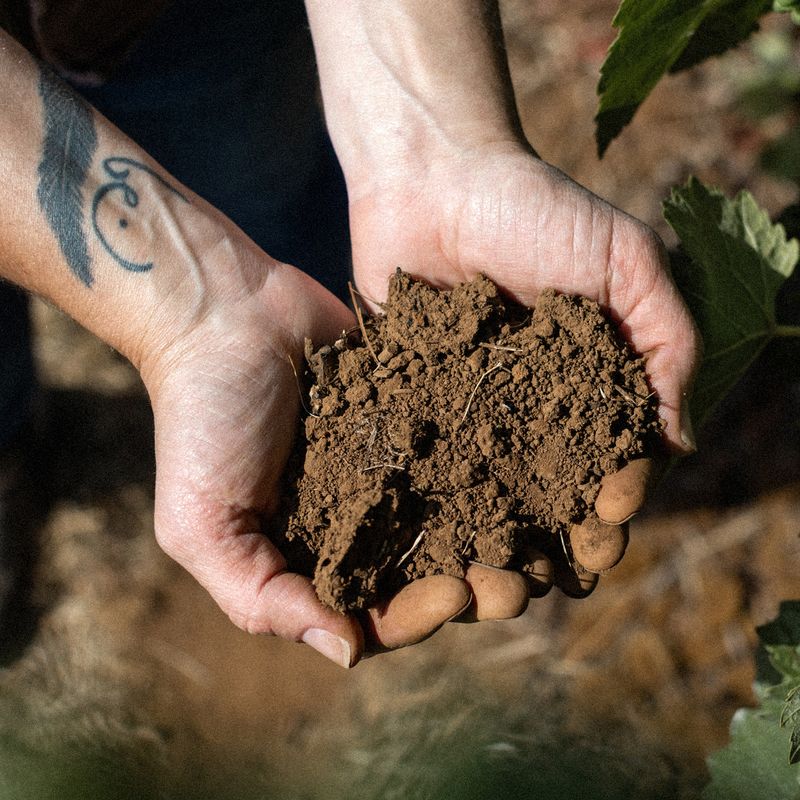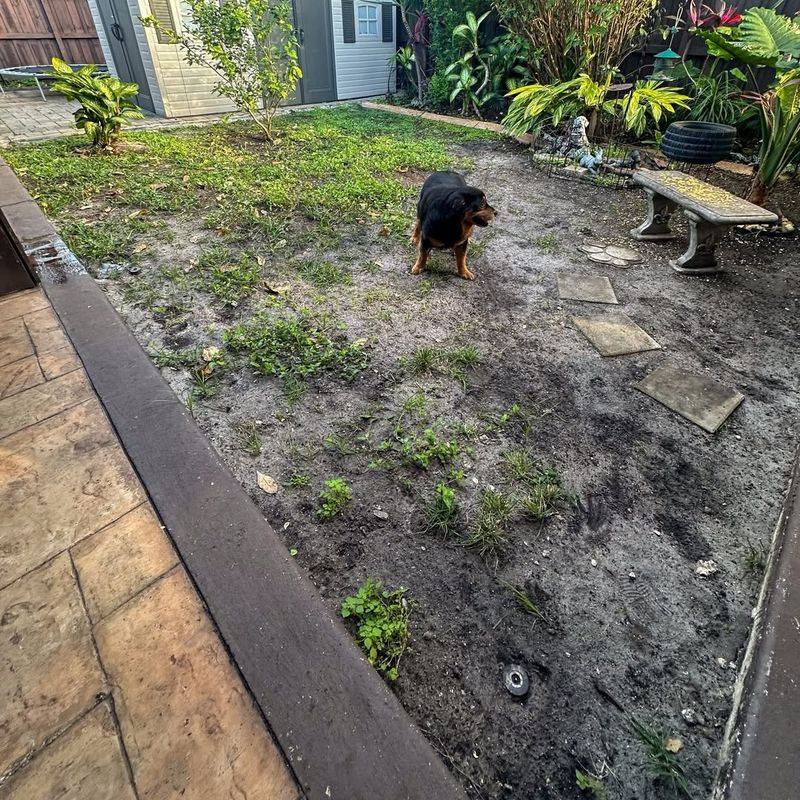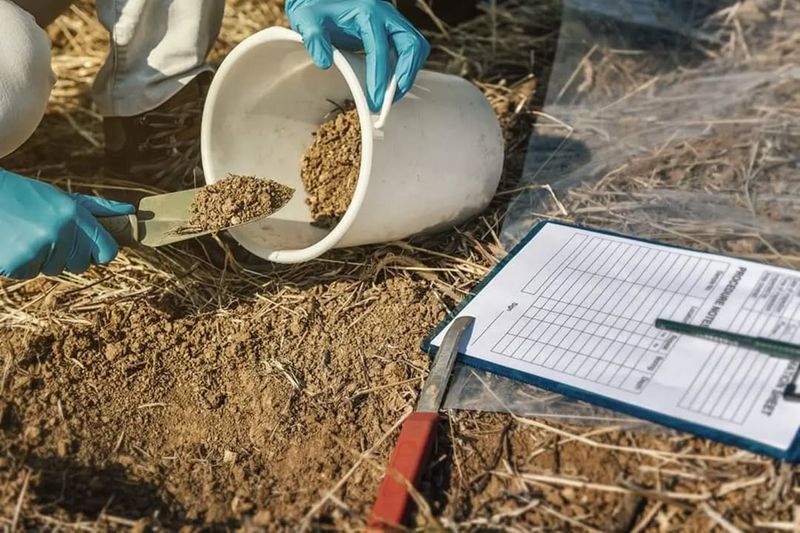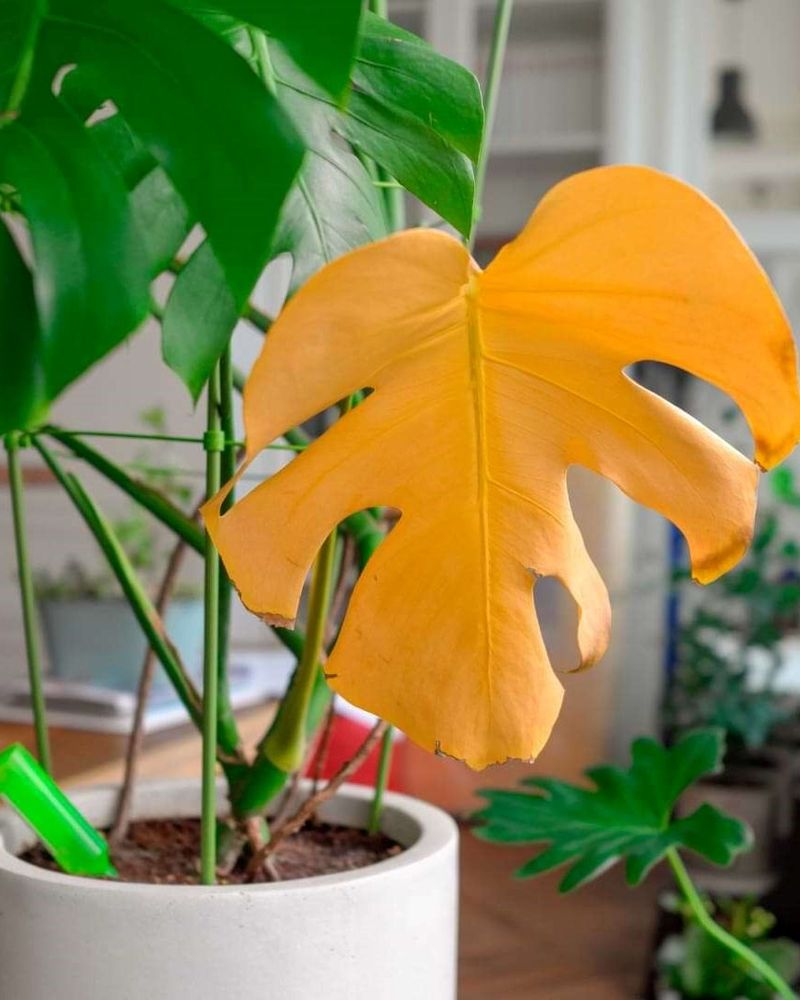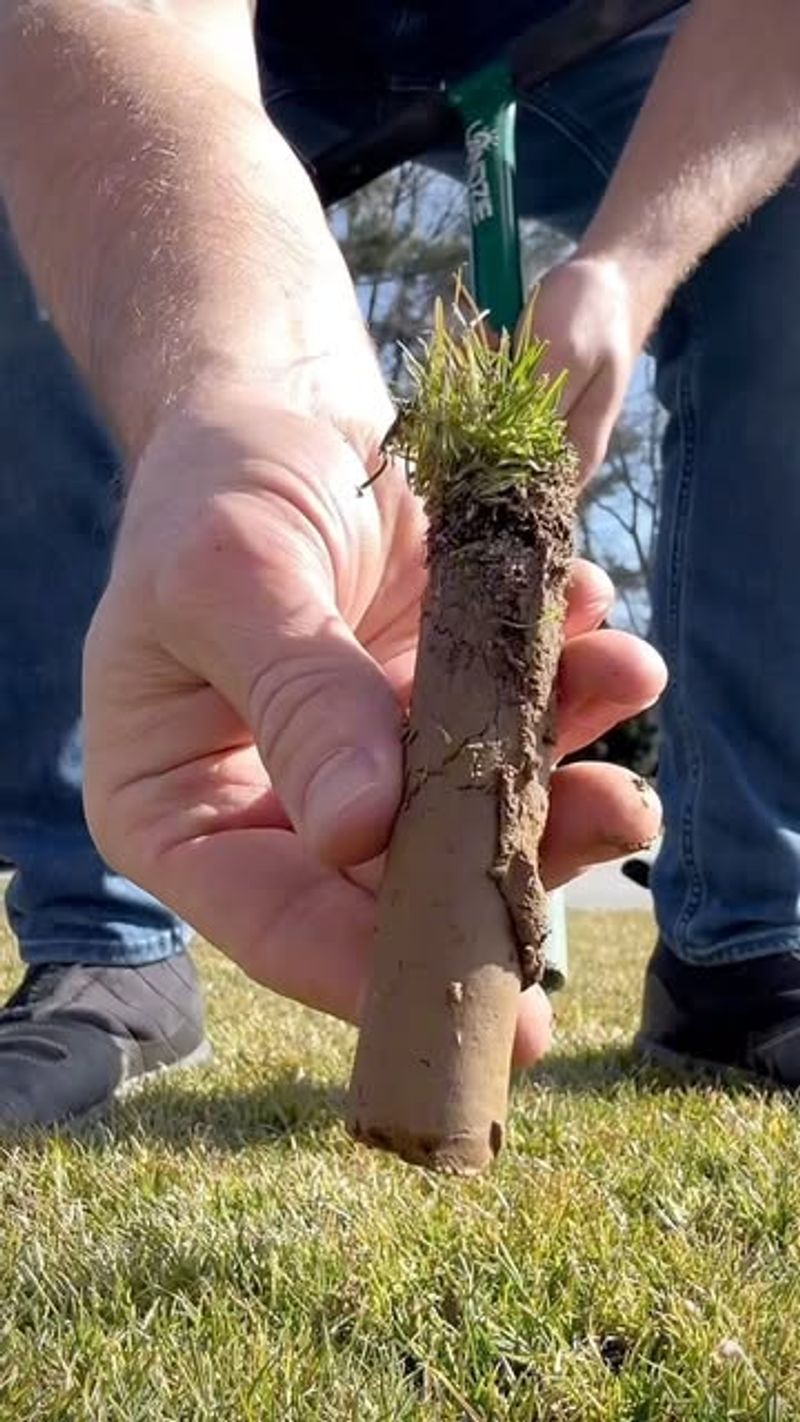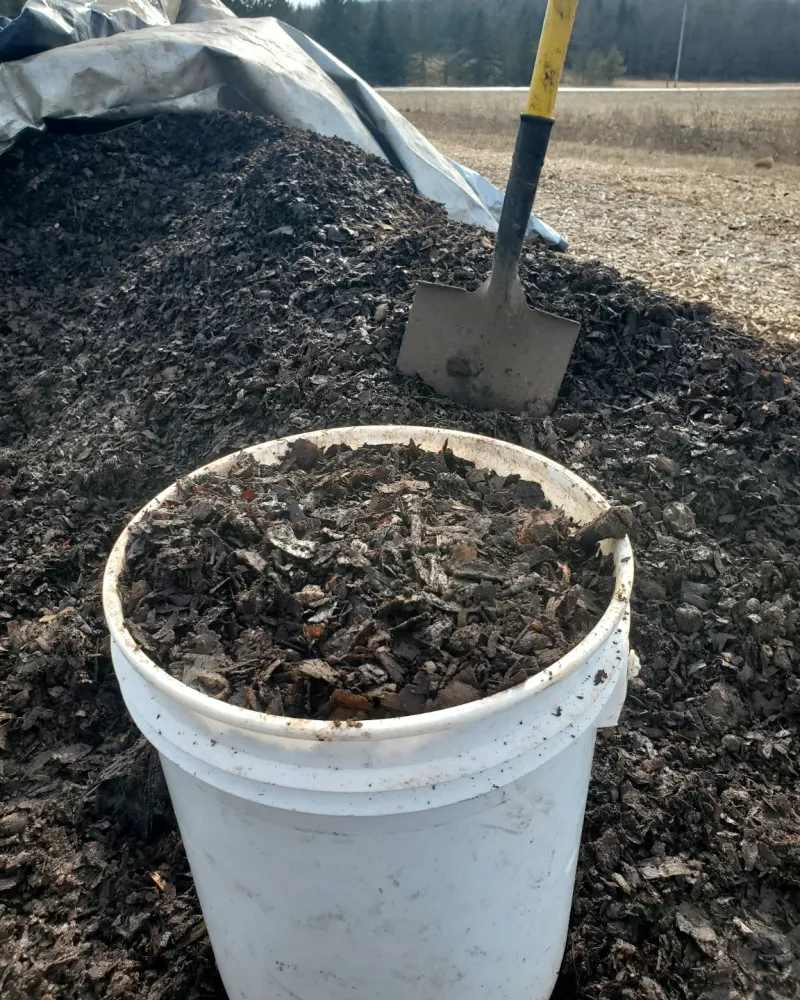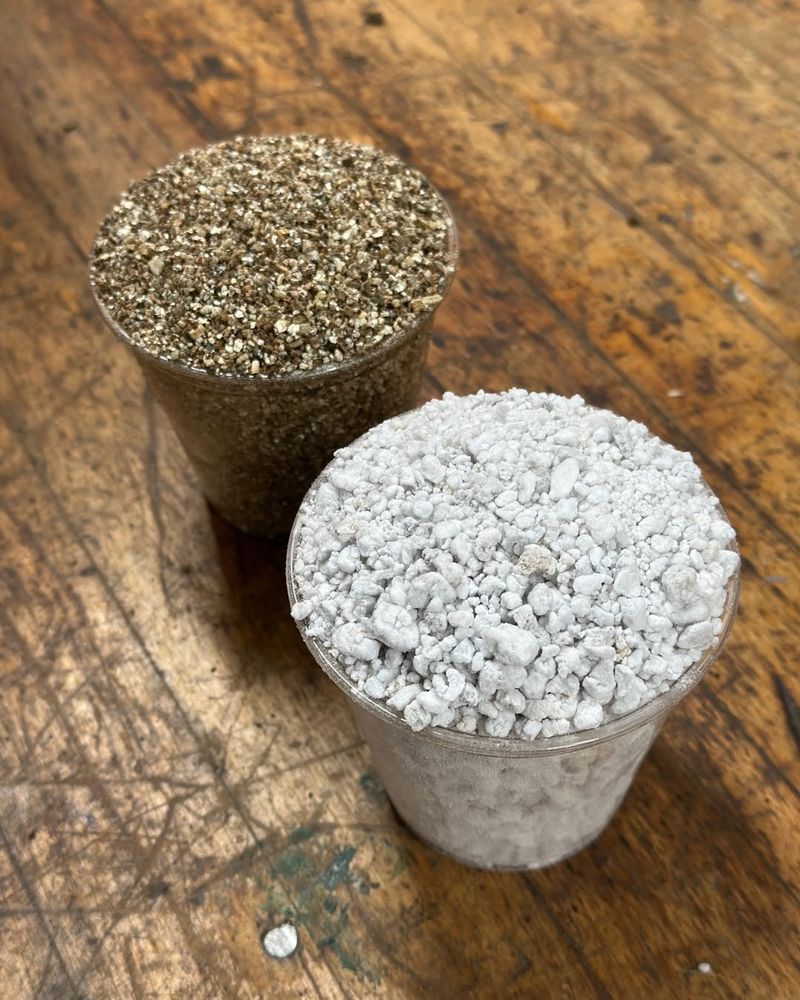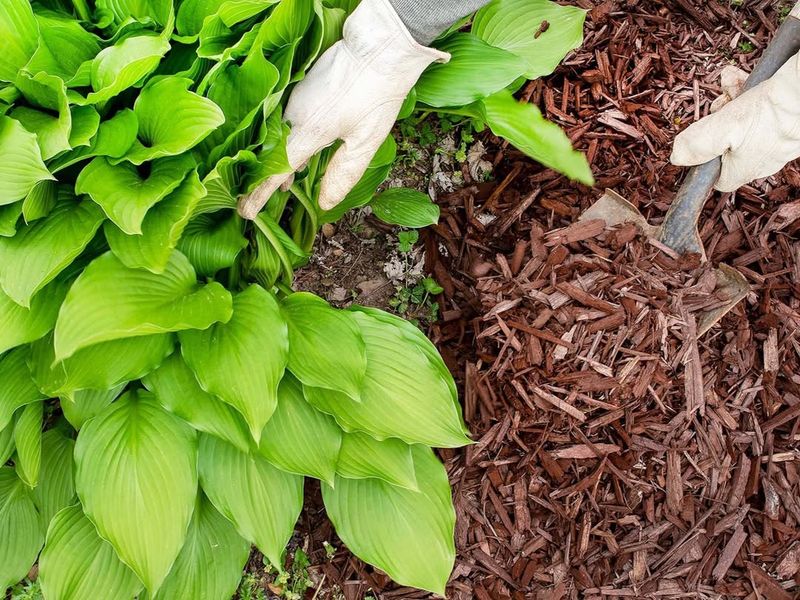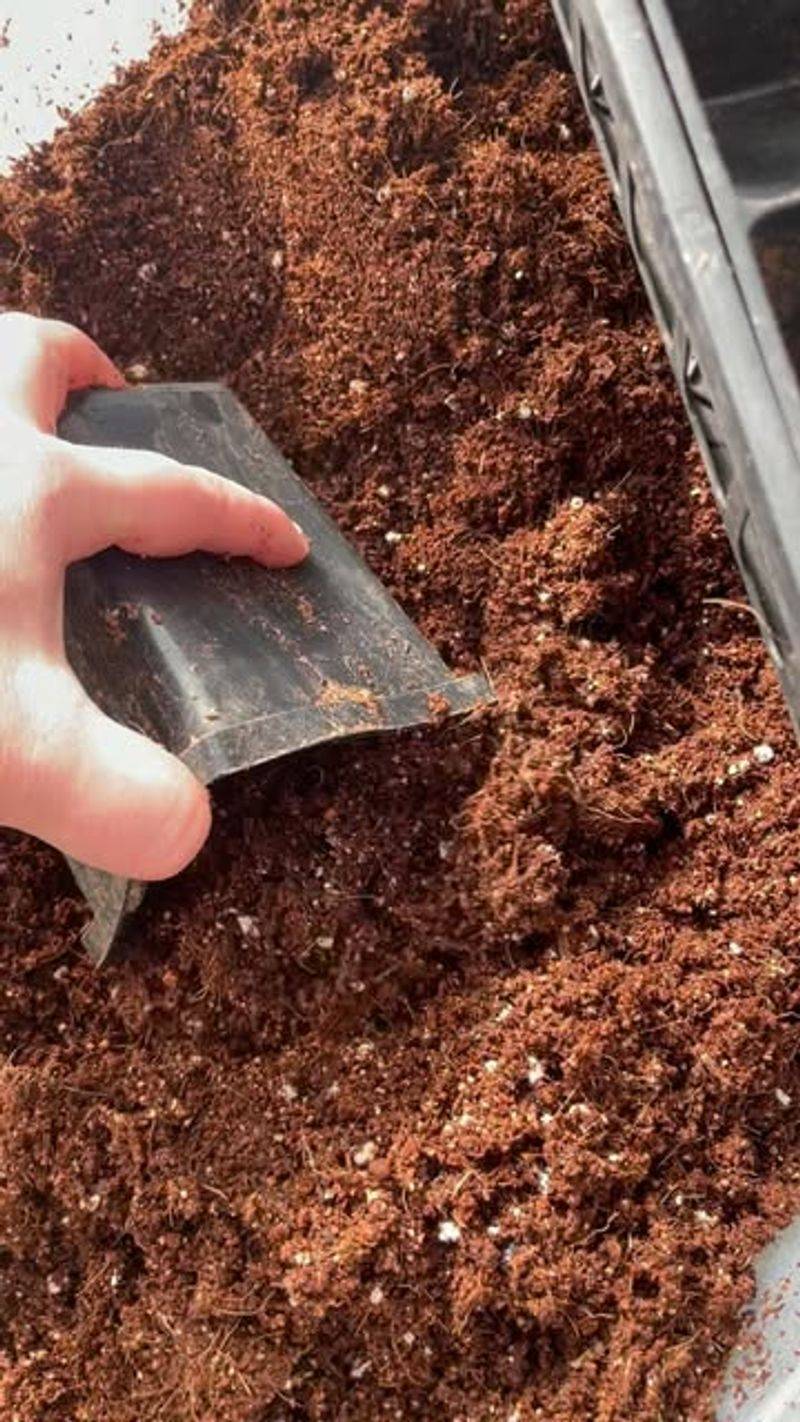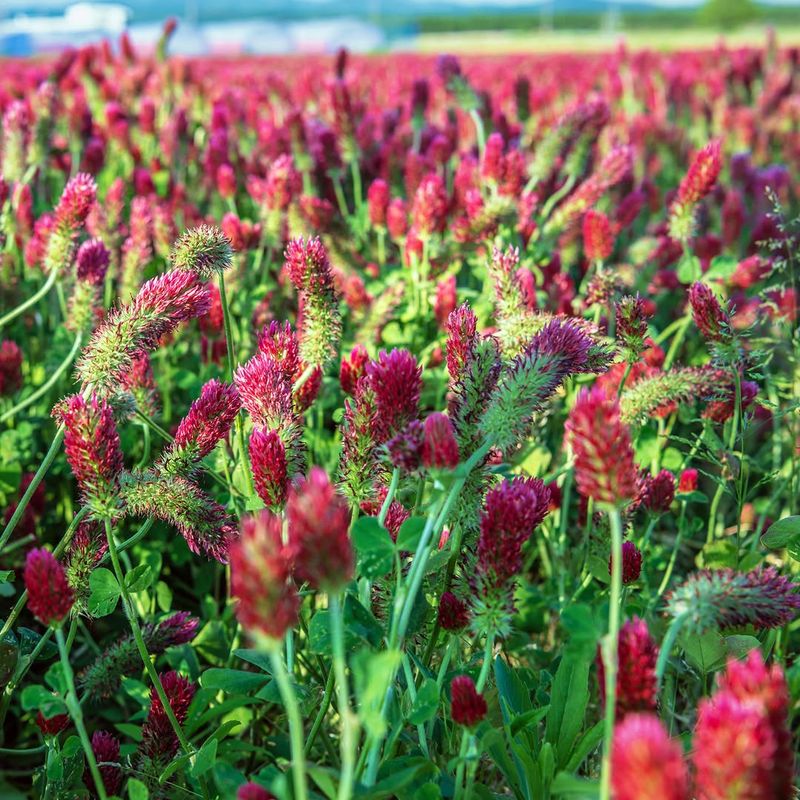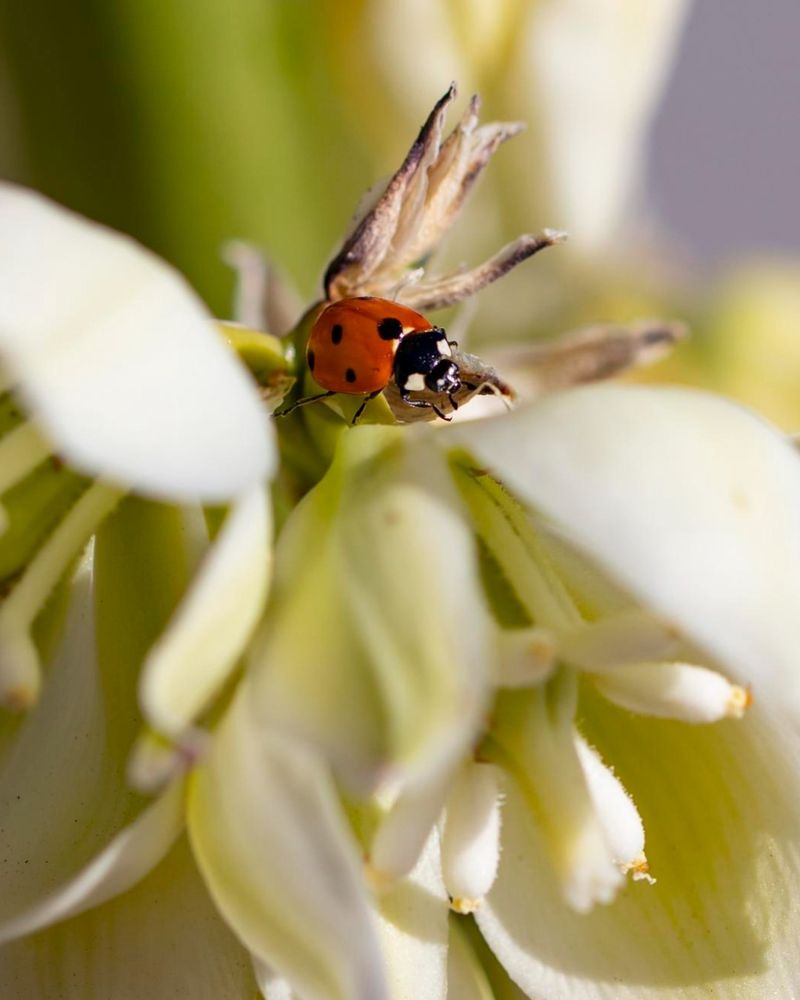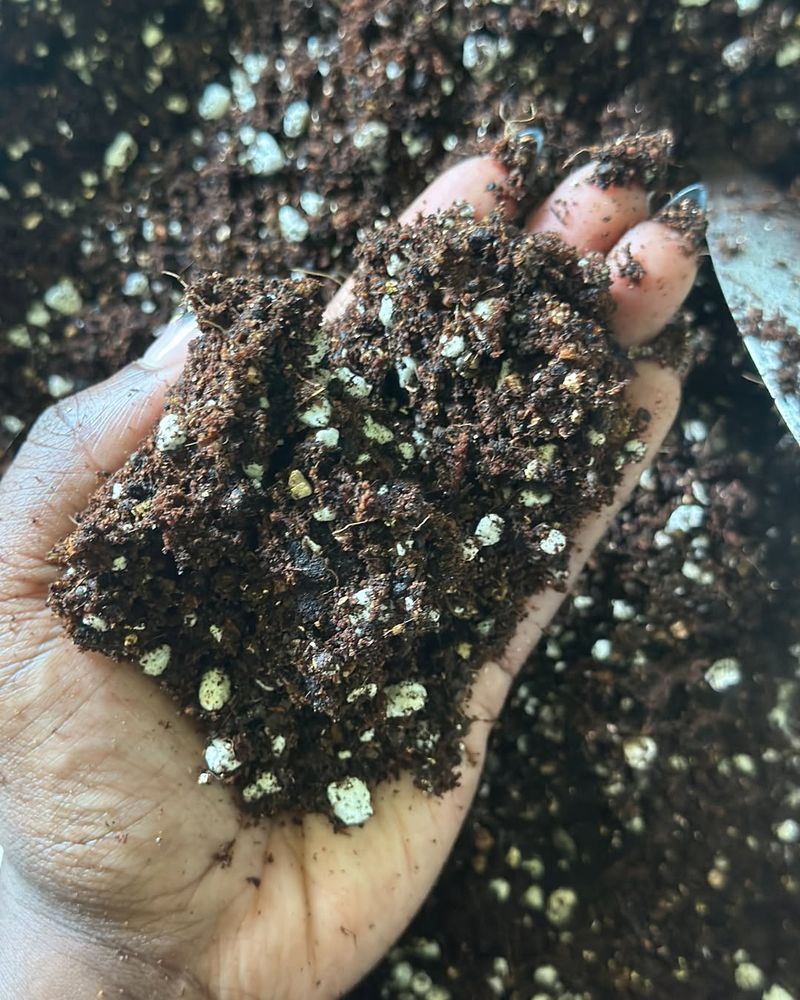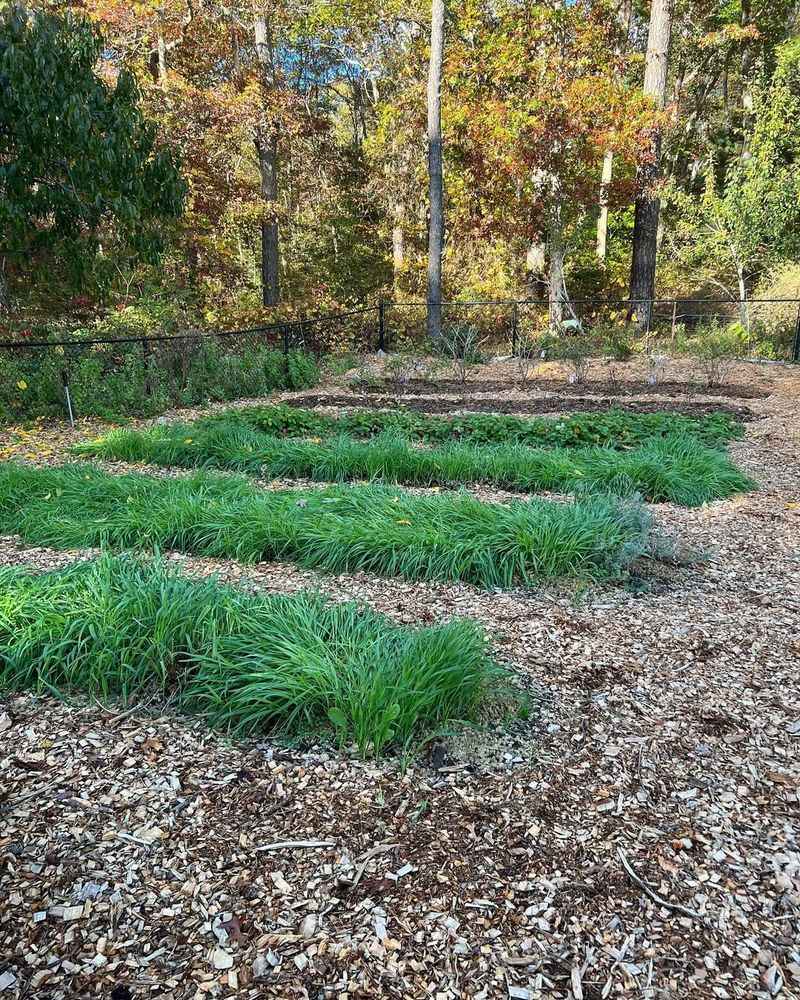Gardening can be both a therapeutic and rewarding experience, but pesky soil problems can be a thorn in your side. Is your once-thriving garden now a droopy mess? If you’ve ever wondered whether your soil is secretly sabotaging your plant babies, you’re in the right place!
This guide will help you diagnose and remedy common soil issues with 15 practical tips (plus one more for good measure). From understanding soil types to adopting sustainable gardening practices, let’s unravel the mysteries of your garden’s foundation. Because happy plants start with healthy soil!
1. Signs Your Soil Might Be The Problem
Have you noticed your plants looking sad despite your best efforts? Yellowing leaves, stunted growth, and wilting even when watered could be signs of unhealthy soil. This can be frustrating for any gardener.
To diagnose, observe the plant’s overall health and check the soil’s texture and moisture. A simple observation can save future heartache. Don’t blame your watering can just yet!
Proper diagnosis might reveal soil is the real culprit. Identifying these symptoms early can help you take corrective actions. So, keep an eye out and give your soil the attention it needs.
2. Understanding Soil Types (And Why They Matter)
Not all soils are created equal! Understanding your garden’s soil type can make all the difference. Whether it’s clay, sandy, silty, or loamy, each type affects water retention and nutrient availability.
For example, clay retains water but may suffocate roots. Sandy soil drains well but doesn’t hold nutrients. Loamy soil, the gardener’s dream, balances both elements.
Testing your soil will help tailor your approach to watering and feeding. Knowledge is power when it comes to nurturing your plants. Knowing your soil type is like having a blueprint for your garden’s success.
3. How Poor Drainage Affects Plant Health
Poor drainage might be the silent assassin in your garden. Waterlogged soil can lead to root rot, suffocation, and fungus. Plants need oxygen, and drowning their roots cuts off this vital supply.
Signs include wilting, yellowing, and root decay. To fix drainage, consider elevating beds or adding organic matter. Proper water management is essential for thriving plants.
Solutions like raised beds or drainage channels can work wonders. Addressing drainage issues can breathe new life into your garden. Root health equals plant happiness!
4. The Hidden Dangers Of Compacted Soil
Has your shovel ever bounced back from the ground? Compacted soil might be to blame, and it’s not just hard on your tools. It restricts root growth and water penetration. This leads to poor plant health and stunted growth.
To test, try pushing a wire into the soil. If it’s tough, compaction might be an issue. Remedies include aerating with a garden fork or adding organic matter. Give those roots room to breathe and watch your plants thrive!
5. pH Problems
The pH of your soil can be the difference between a garden that flourishes or flounders. Too acidic or too alkaline, and plants struggle to absorb nutrients. A simple pH test can reveal if adjustments are needed.
Lime or sulfur can adjust pH levels effectively. Symptoms of pH imbalance include yellowing leaves and stunted growth.
Tailoring the pH to suit your plants ensures they get the nutrients needed. Understanding soil pH is like tuning an instrument. When it’s just right, your garden will sing.
6. Nutrient Deficiencies (Or Toxicities) To Watch For
Does your plant look like it’s in a color crisis? Nutrient deficiencies or toxicities might be the fashion faux pas. Symptoms like yellow leaves or purple stems are hints.
Testing soil can pinpoint what’s missing or in excess. Remedies include balanced fertilizers or specific amendments. A plant’s diet is more than sunlight and water.
Correcting deficiencies keeps them in their green prime. Think of it as a plant health makeover. With the right nutrients, they’ll be the envy of the garden.
7. How To Test Your Soil (DIY & Professional Options)
Wondering what’s beneath your garden’s surface? Soil testing can unveil its secrets. DIY kits offer quick insights into pH and nutrients. For deeper analysis, professional labs can provide a detailed report. Knowing what’s in your soil guides better gardening practices.
Consider it a garden check-up. Regular testing helps maintain soil health. With the right knowledge, you can tailor soil amendments. Testing equips you with a roadmap for a thriving garden.
8. Fixing Clay, Sandy, And Silty Soils
Different soil textures require unique strategies. Clay, sandy, and silty soils each have quirks. Clay’s compactness can be overcome with organic matter. Sandy soils benefit from added compost to retain moisture.
Silty soil needs structure to prevent compaction. Tailoring amendments improves soil performance. Imagine it as soil pampering. With the right care, each type can support a flourishing garden. Understanding these textures is the path to soil harmony.
9. How To Improve Soil Drainage Naturally
Soggy soil woes? Improving drainage might just unlock your garden’s potential. Natural methods are both effective and eco-friendly. Raised beds elevate roots above waterlogged areas. Compost enriches and lightens soil texture. Incorporating perlite provides air space and drainage pathways.
These methods allow excess water to escape. A well-drained garden is a healthy garden. It’s like giving your plants a breathable pair of shoes. Happy roots lead to happy plants!
10. Compost, Mulch, And Organic Matter — Soil’s Best Friends
Organic matter is the unsung hero of healthy soil. Composting enriches the soil with nutrients and improves structure. Mulch retains moisture and suppresses weeds. Together, they create a thriving ecosystem for plants. Think of it as feeding your soil a vitamin-rich diet.
Organic matter fosters a lively microbial community. This boosts plant health and productivity. Embracing these natural allies leads to vibrant gardens. They’re the secret ingredients to soil success!
11. Choosing The Right Amendments For Your Soil Type
Amendments can transform a garden’s soil. However, choosing the right ones is crucial. Gypsum helps break down clay. Lime adjusts pH in acidic soils. Peat moss improves water retention in sandy soils.
The right amendment depends on your soil’s needs. Consider them as tailored treatments for your soil. Applying the correct ones ensures robust plant growth. With the right combination, your garden can reach its full potential.
12. How Crop Rotation And Cover Crops Heal Soil
Crop rotation and cover crops are like nature’s reset buttons. They restore nutrients and improve soil structure. Rotating crops prevents nutrient depletion and pest build-up. Cover crops protect soil from erosion and add organic matter.
Legumes fix nitrogen, enriching the soil naturally. These practices are sustainable and eco-friendly. They rejuvenate tired soil and enhance biodiversity. It’s like giving your garden a fresh start. Implementing them leads to long-term soil health.
13. Avoiding Chemical Overload From Fertilizers And Pesticides
Chemicals in the garden can be a double-edged sword. While they boost growth, overuse harms soil health. Transitioning to sustainable practices is beneficial. Compost replaces synthetic fertilizers with natural nutrients.
Natural pest controls reduce chemical dependency. These changes foster a balanced ecosystem. Consider it as detoxing your garden. Long-term health means using chemicals responsibly. By going green, your garden will thrive.
14. Container Gardeners — Don’t Ignore Potting Mix Health
Container gardening comes with its own set of challenges. Refreshing potting mix is vital for plant health. Old mix compacts, reducing drainage and nutrient availability. Adding fresh mix rejuvenates roots. Ensure pots have proper drainage to prevent waterlogging.
Reusing old mix can save costs, but refresh it with compost. A little attention can make container plants flourish. Think of it as renewing their living space. Healthy potting mix equals happy container plants!
15. Long-Term Soil Health — Tips for Sustainable Gardening
Building long-term soil health requires thoughtful practices. Composting enriches the soil continuously. Mulching pathways reduces erosion and retains moisture. Reduced tilling preserves soil structure and microorganisms.
These practices create a resilient garden ecosystem. Sustainable techniques lead to lasting fertility. Think of it as investing in soil’s future. By adopting these methods, your garden will thrive year after year. It’s the key to a sustainable gardening legacy.

